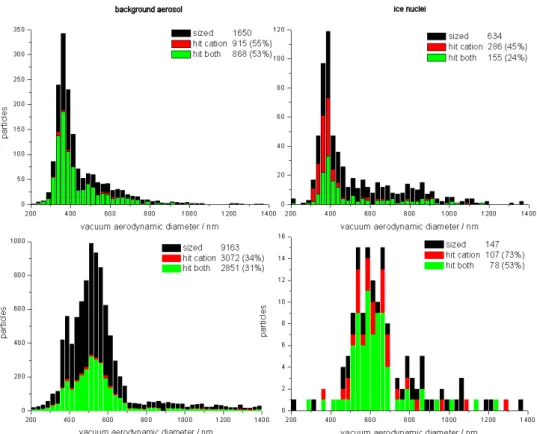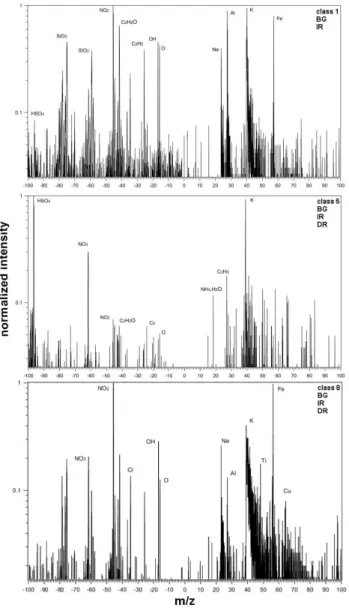Chemical composition of ambient aerosol, ice residues and cloud droplet residues in mixed-phase clouds: single particle analysis during the Cloud and Aerosol Characterization Experiment (CLACE 6)
Texto
Imagem
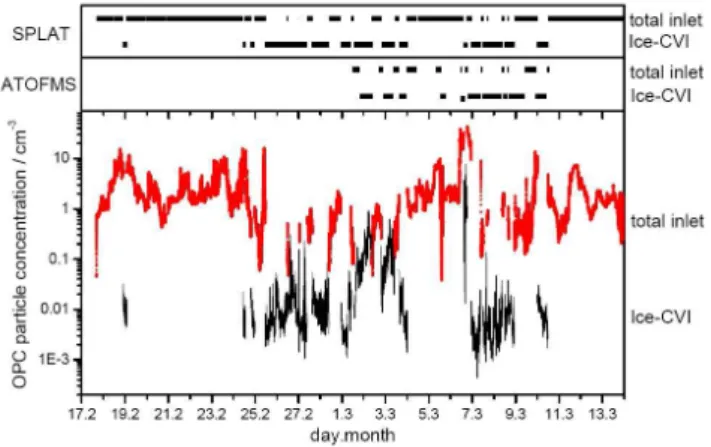

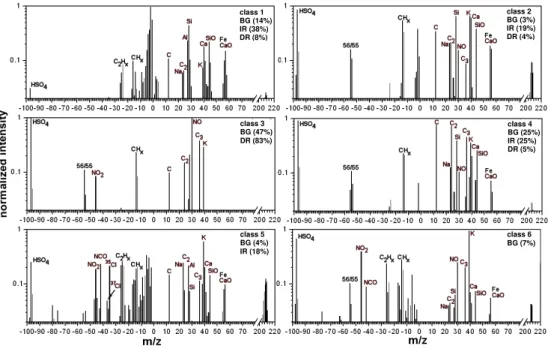
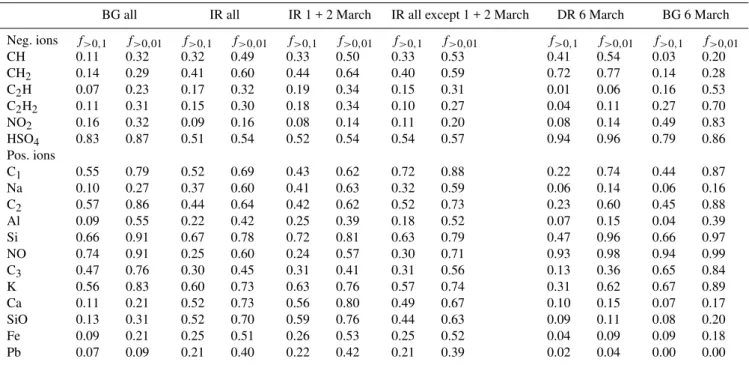
Documentos relacionados
P ¨oschl, U.: Aerosol- and updraft-limited regimes of cloud droplet formation: influence of par- ticle number, size and hygroscopicity on the activation of cloud condensation
In that paper, several cloud fields with the same stochastic properties as real clouds are generated assuming variable cloud tops, vertical profile of water droplet, mixed phase,
Large variation in microphysical characteristics of the boundary layer clouds and the aerosol concentration were found, and in particu- lar the CDP cloud droplet number concentration
Relationship between aerosol number concentration and cloud droplet number concen- tration (CDNC) with (a) showing that the volcanically induced cloud albedo e ff ect is larger
Weekly cycles have been analysed in surface observations of sulfur dioxide and sul- fate concentrations, satellite observations of aerosol optical depth, cloud properties (cloud
The results strengthen the case that the observed increase in cloud top height and cloud fraction associated with higher aerosol loadings in convective clouds over the Atlantic ITCZ
The well- predicted aerosol quantities, such as aerosol number, mass composition and optical properties, and the inclusion of full aerosol-cloud couplings lead to
Based on 8 years of (January 2008– December 2015) cloud phase information from the GCM-Oriented Cloud-Aerosol Lidar and Infrared Pathfinder Satellite Observation (CALIPSO) Cloud

